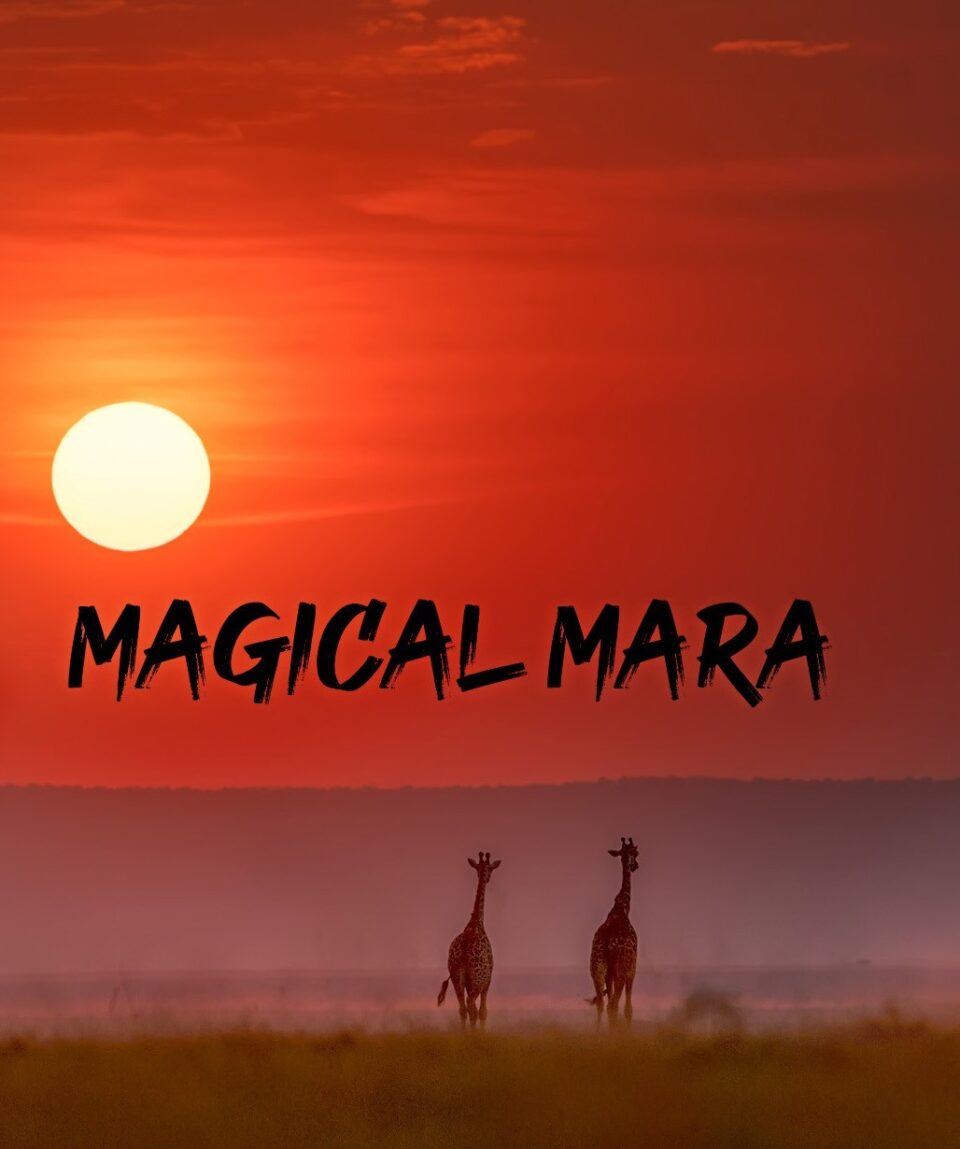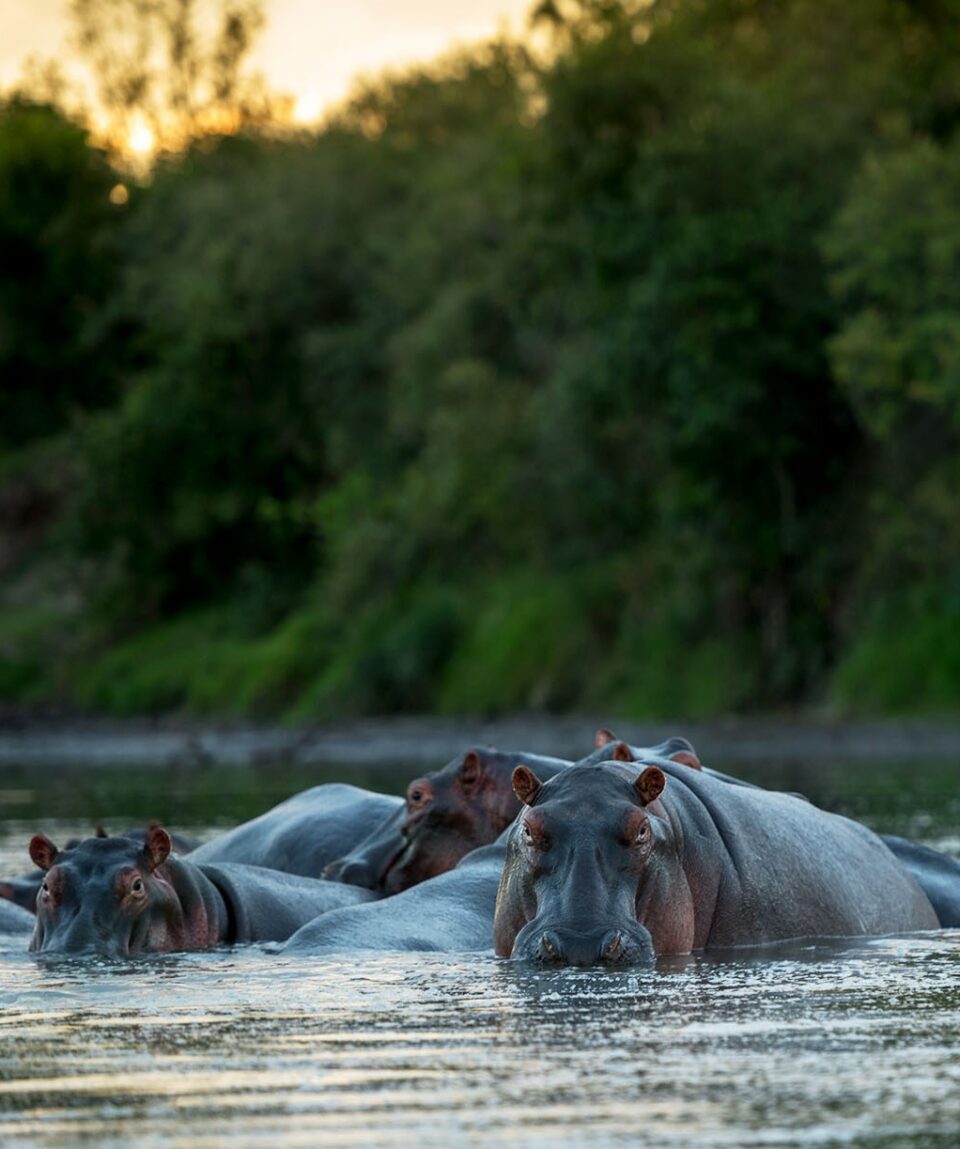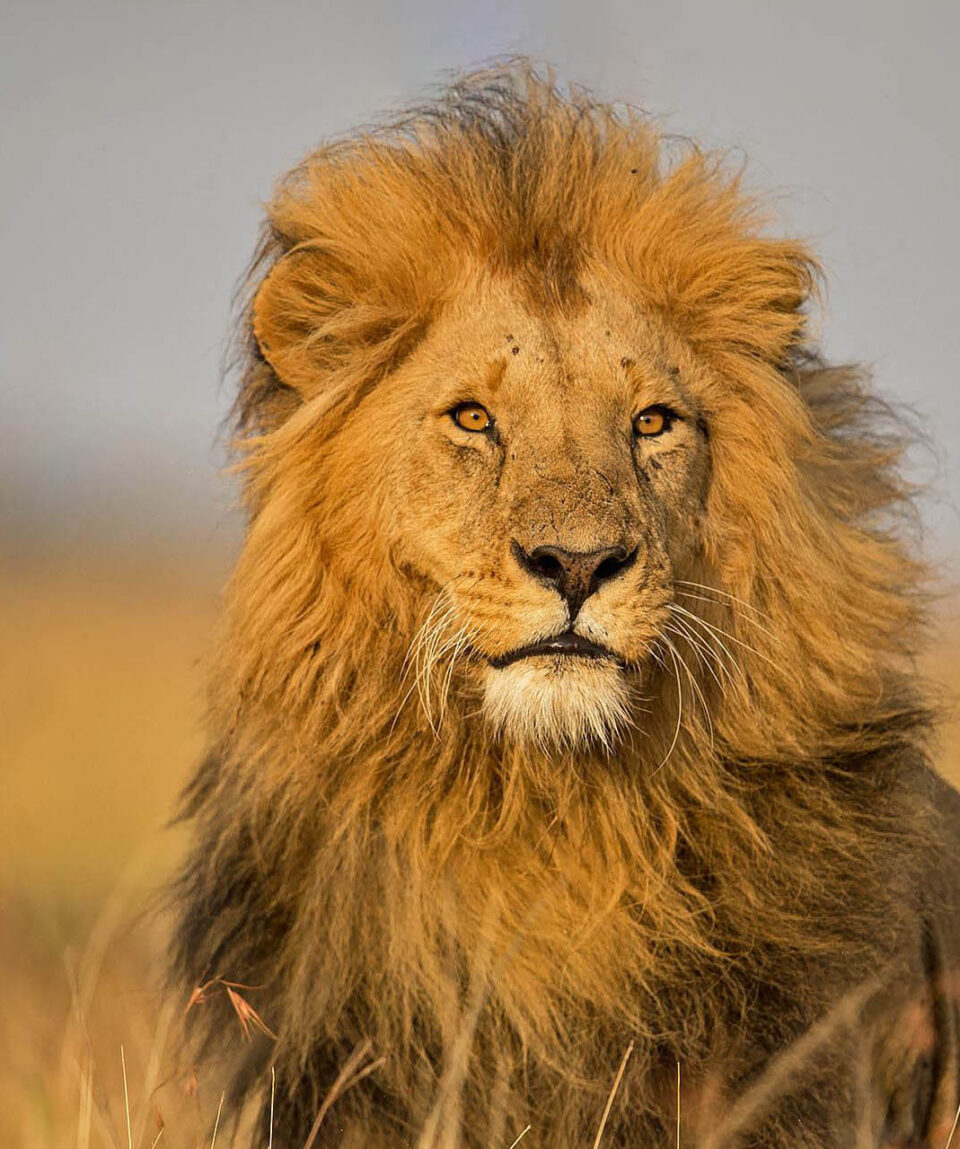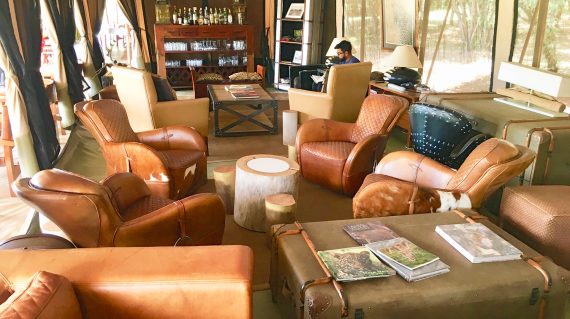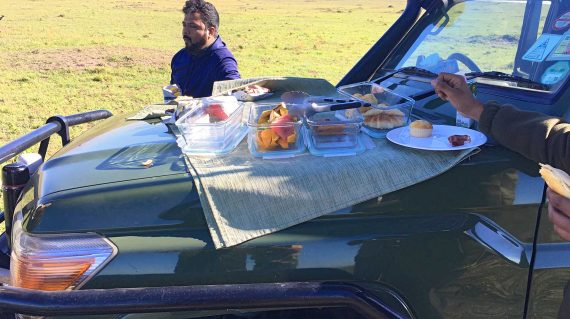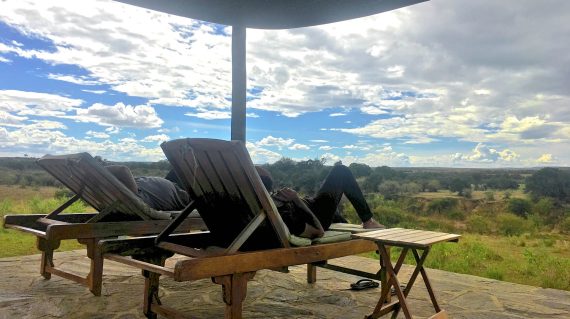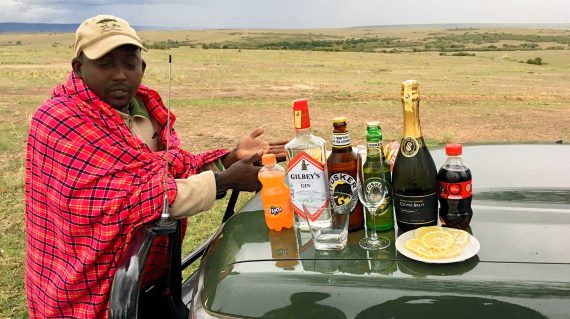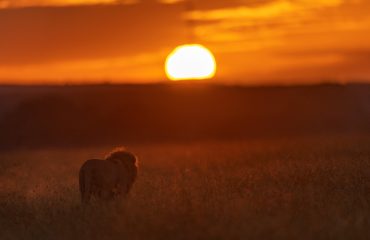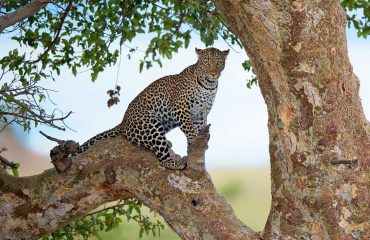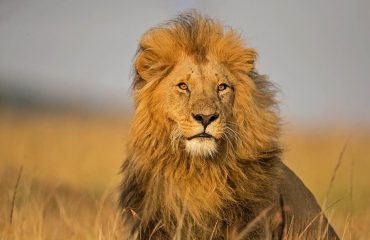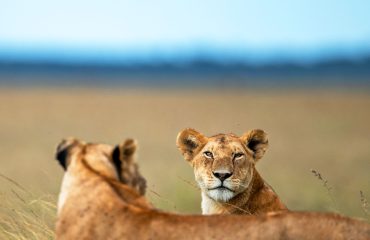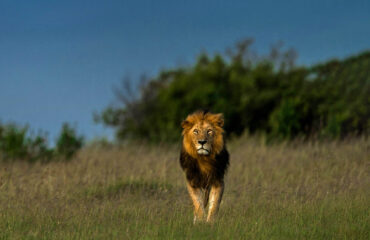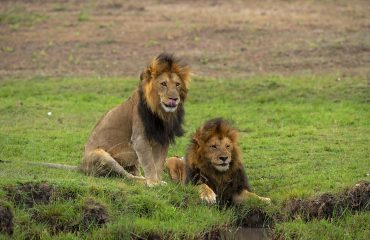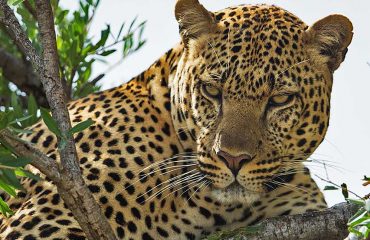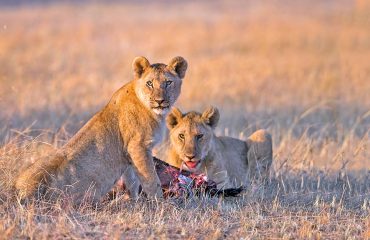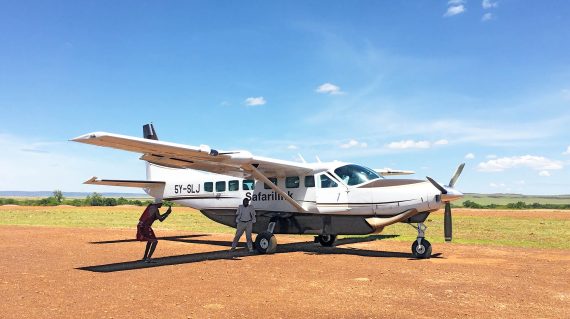
Magical Mara
December 1st – 6th, 2025 (5N/6D)
December 7th – 13th, 2025 (5N/6D)
Experience the Big Cats week in the Mecca of wildlife, when the grass is short, so are the rains but the action is plenty to have a safari of a lifetime!
Location: Masai Mara National Park
- Reviews 0 Reviews0/5
- Vacation Style Holiday Type
- Africa
- Wildlife
-
- Activity Level Leisurely
- Group Size Medium Group
Magical Mara
December 1st – 6th, 2025 (5N/6D)
December 7th – 13th, 2025 (5N/6D).
Masai Mara National Park is a world-renowned wildlife reserve located in southwestern Kenya, and is named after the Maasai people who have lived in the area for centuries. The park is part of the larger Serengeti-Mara ecosystem and is home to a vast array of wildlife, making it one of the most popular safari destinations in Africa.
The park’s landscape is dominated by vast savannah grasslands, rolling hills, and acacia woodlands, providing the perfect habitat for a diverse range of species. Masai Mara is best known for the annual wildebeest migration, where millions of wildebeest, zebras, and gazelles traverse the plains in search of greener pastures. The migration usually takes place between July and October and is a spectacle that attracts tourists from all over the world.
Apart from the migration, the park is also home to the “Big Five” – lions, elephants, leopards, buffalos, and rhinos. These animals are the most sought-after by tourists on safari, and the park’s population of these animals is impressive. Masai Mara is also home to numerous other species such as cheetahs, giraffes, hyenas, zebras, and more, making it a haven for wildlife lovers.
Visitors to Masai Mara can enjoy a variety of activities, such as game drives, hot-air balloon safaris, and guided walks. Game drives are the most popular activity, and visitors can choose to take a morning or afternoon drive or even a full-day safari. Hot-air balloon safaris offer a unique perspective of the park and are a popular way to experience the sunrise over the plains.
Masai Mara National Park is a must-visit destination for anyone interested in wildlife and nature.
- Twin-sharing accommodation in comfortable rooms/tents unless single occupancy purchased at extra cost.
- All meals (breakfast, lunch and dinner) and hot beverages (coffee and tea)
- All entry fees, guide fees and safaris
- Ground Transfers or one-way chartered flight from Nairobi to Masai Mara and back.
- International airfares
- Any kind of personal expenses or optional tours or extra meals ordered
- Insurance, laundry and phone calls
- Soft drinks and alcoholic beverages
- Medical Costs
- Tips and gratuities
- All applicable taxes
- Anything that is not included in the inclusions list
Maasai Mara
The camp, situated inside the Maasai Mara Reserve is conveniently nestled near Kaboso Crossing, Double Cross and the Marshes of Musiara. The unique location is highly conducive to sightings of resident leopards and lions and often, often within 10 minutes of leaving camp, you could be sitting with a pride of lions or the elusive leopard.
The camp consists of luxurious ensuite safari tents, tastefully decorated in African themed décor, large comfortable beds with Egyptian cotton whites, a private verandah, and a fully functional bathroom with a safari style shower. All tents are strategically constructed under tree shade providing stunning views and each tent has a private feel to it.
The camp runs on solar power and is an eco-friendly bush camp with little impact on the environment and striving to maintain the ecosystem.
Masaai Mara


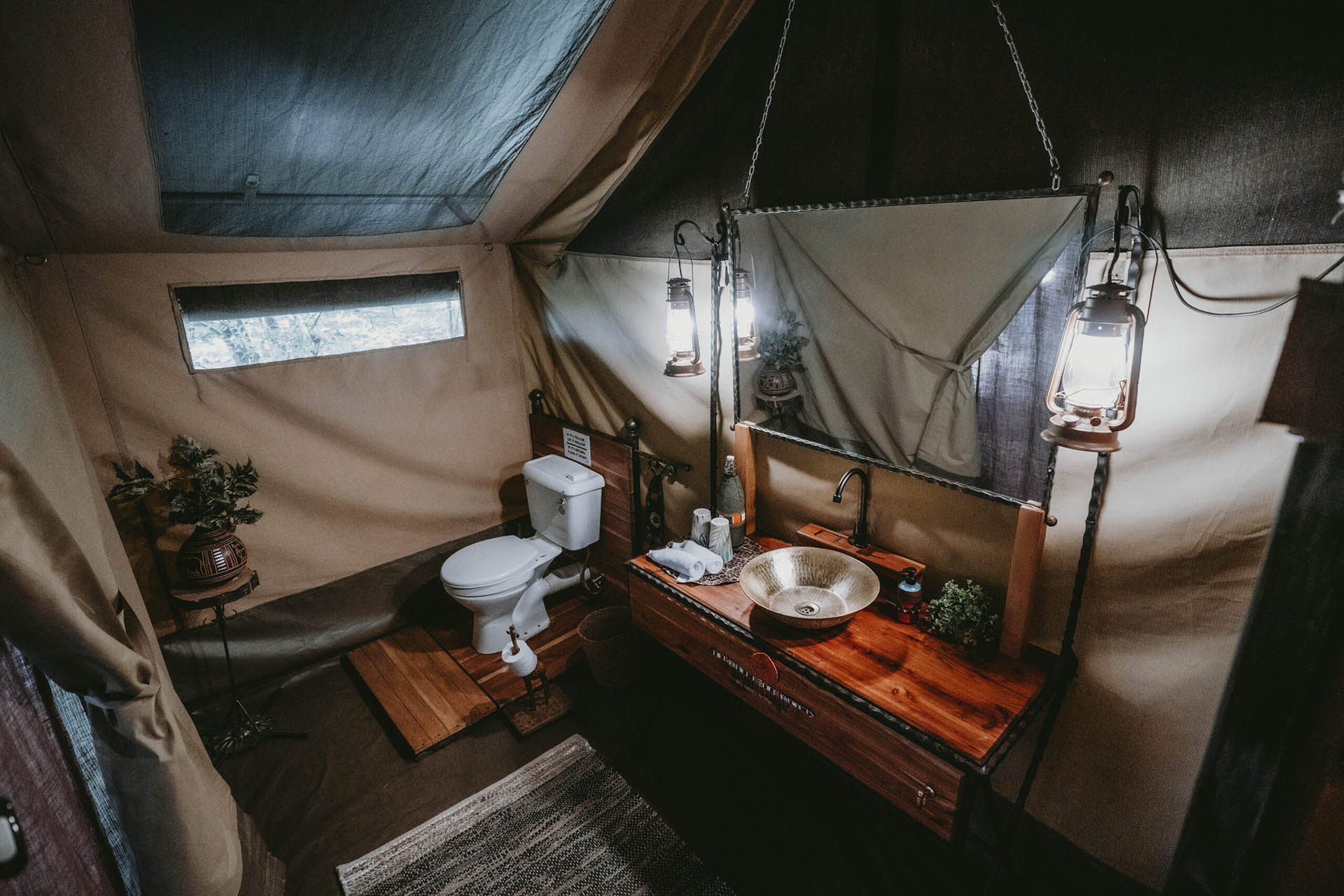

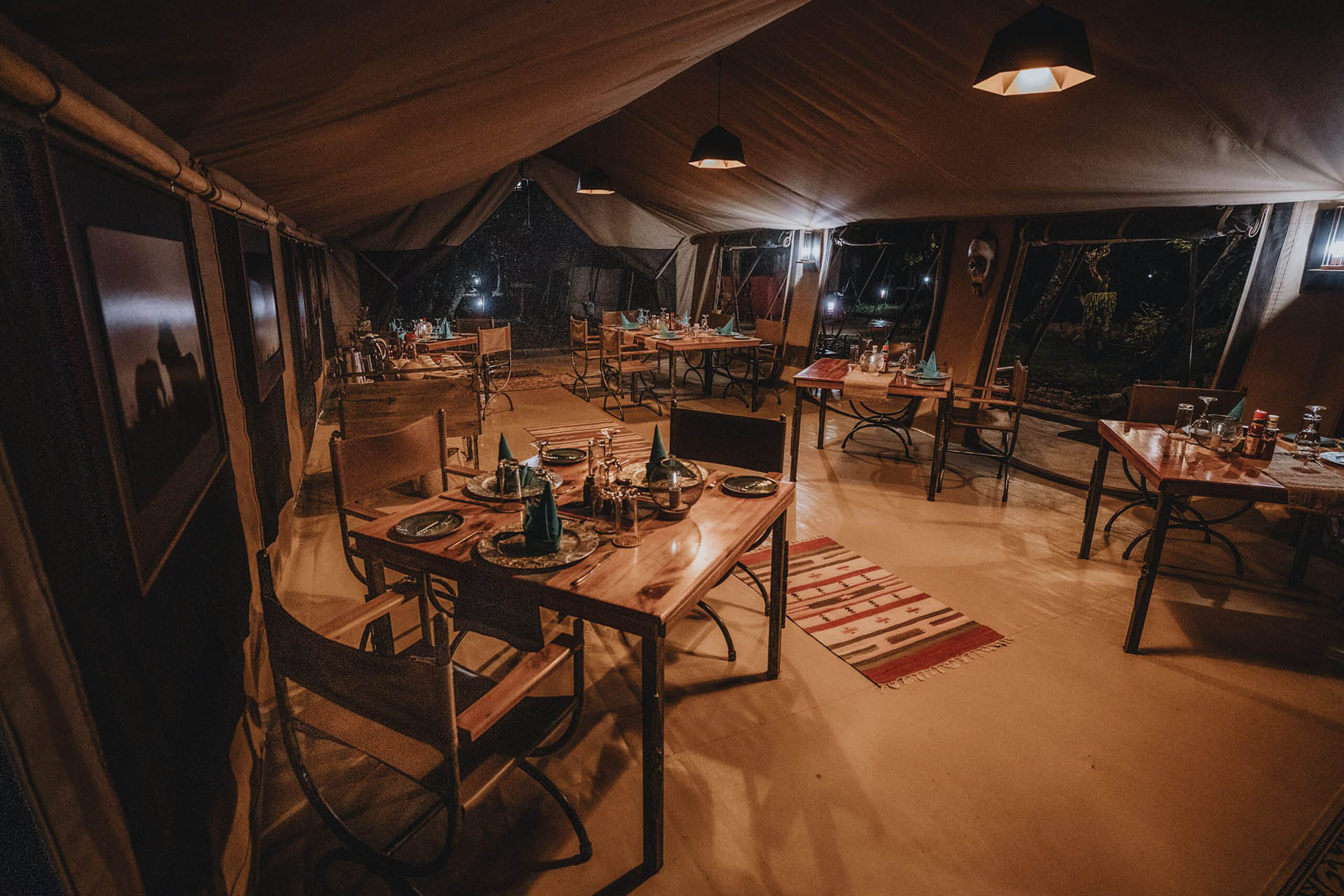
Anybody over the age of 18 (unless accompanied by an adult) and interested in nature and wildlife will enjoy this Tour thoroughly. There are no other eligibility criteria. There is no activity involved in this trip that demands higher physical fitness.
Our Photo Tours are designed to provide you sufficient space for comfortable photography, so you can expect a maximum of three other people (including the participants and the Skipper) apart from the driver who acts as the guide for the game drive.
For the Big Five and other mammals, a telephoto zoom lens in the range of 70 to 200mm/300mm or 100 to 400mm works very well. If opting for a fixed (‘prime’) lens, the 300mm focal length on a cropped sensor body with a 1.4x extender (‘teleconverter’) is the best deal, although lenses of longer focal length can be used to good effect as well, especially on ‘full-frame’ bodies. For birds, a lens with a focal length of at least 400mm is essential. A wide-angle or normal zoom to capture landscapes or creative perspectives of wildlife is recommended. And since the light conditions in savanna grasslands often remain good, an image-stabilized lens and a camera body are perfect.



